Visiting Nilgiri Biosphere Nature Park
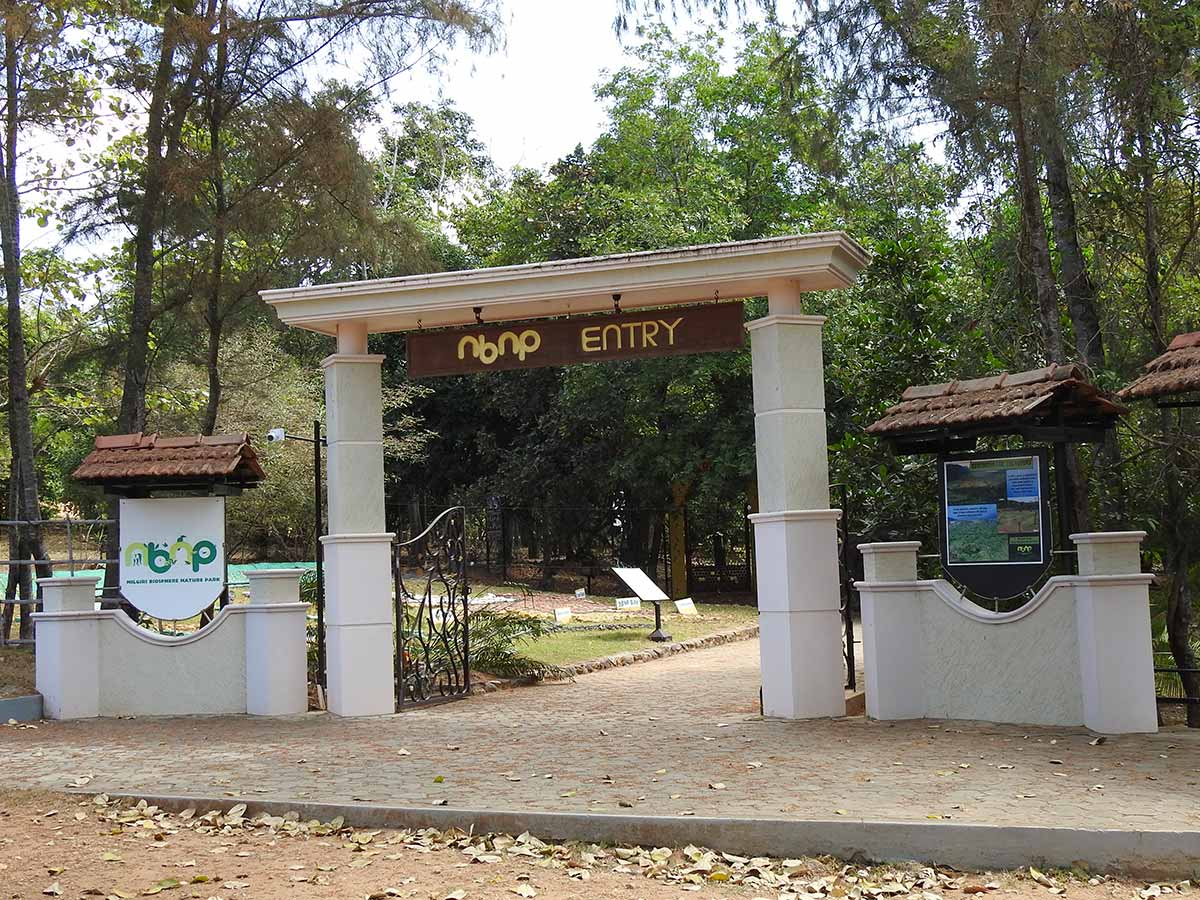
Nilgiri Biosphere Nature Park is located at an hour drive from Coimbatore City which makes it a perfect weekend picnic spot. The NBNP is an initiative of the Coimbatore Zoological Park Society to promote conservation of the fauna and flora of the Nilgiri Biosphere Reserve. This park is located in Anakatti Road , a birding hotspot which increases the glamour to this place for nature lovers. The park opens at 9.00 AM and Tuesday is a holiday. Birders always start birding very early morning, so one can do birding in Anakatti Road and then go to the park. Non-birders can just enjoy the Anakatti drive and reach the park casually. This is also a good destination for cyclists from Coimbatore.
As usual we started early to Nilgiri Biosphere Nature Park and stopped at few places in Anakatti road for birding. We saw the usual Sunbirds, Flower peckers, White-browed bulbuls while hearing the continuous call of Grey Jungle Fowl. When we went for bird race in Coimbatore and Sunday visits with CNS to Anakatti, we always make a pitstop in Anakatti road. We had even seen a rare Pale Green Awlet in one of our visits in this Anakatti road.
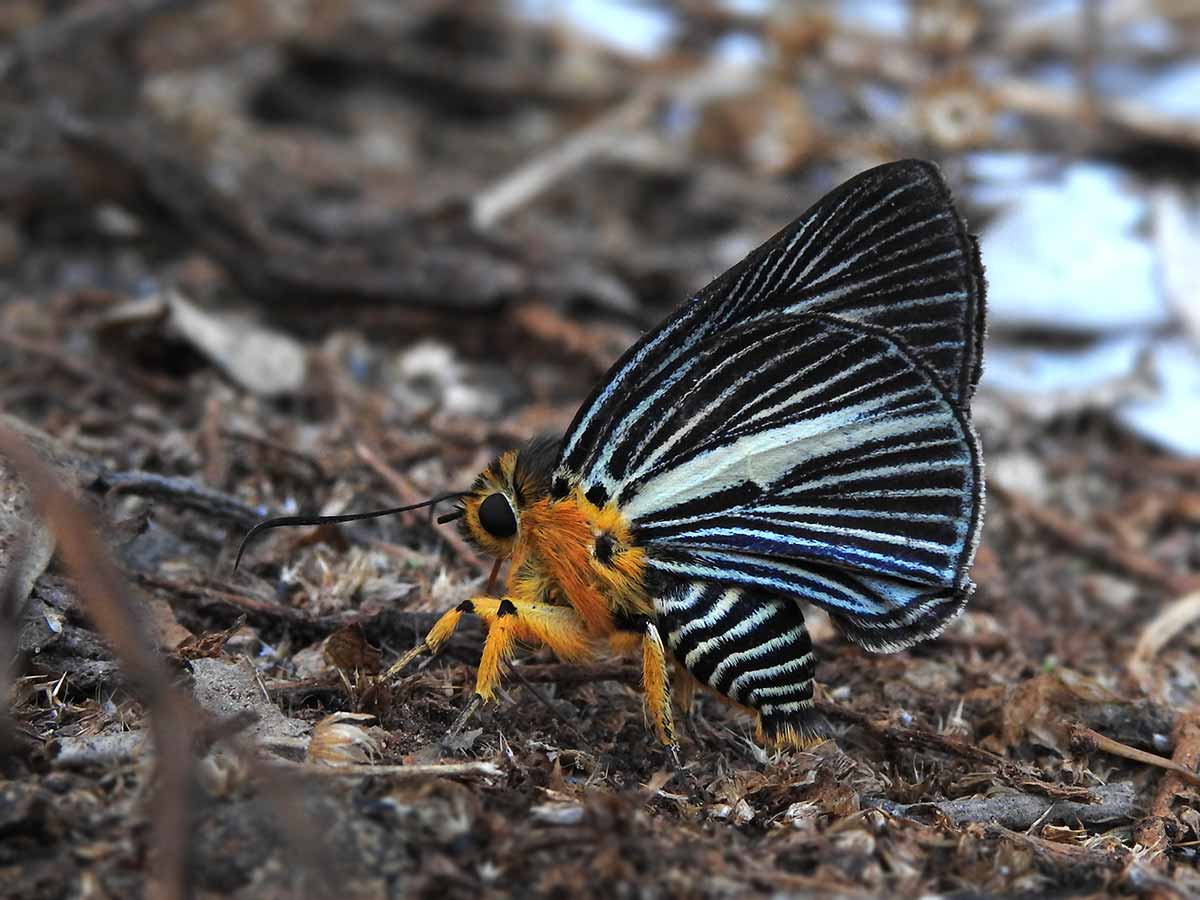
Birding inside Nilgiri biosphere nature park
During our previous visits, we noticed a fig tree and this time when we checked it was fruiting. If you are a birder, never skip a fruiting fig tree as it is always a perfect birding spot. Like we expected, we saw flocks of Chestnut-tailed starlings , Coppersmith barbet, White-cheeked barbet, Common mynas and Grey-headed green pigeon. These small birds were happily frolicking when the Indian Grey Hornbills landed on the tree. Everyone ate their fig fruit in peace without any fight. The Thick-billed flowerpeckers were pinching fruits and discarding the seeds while feeding on the pulp.
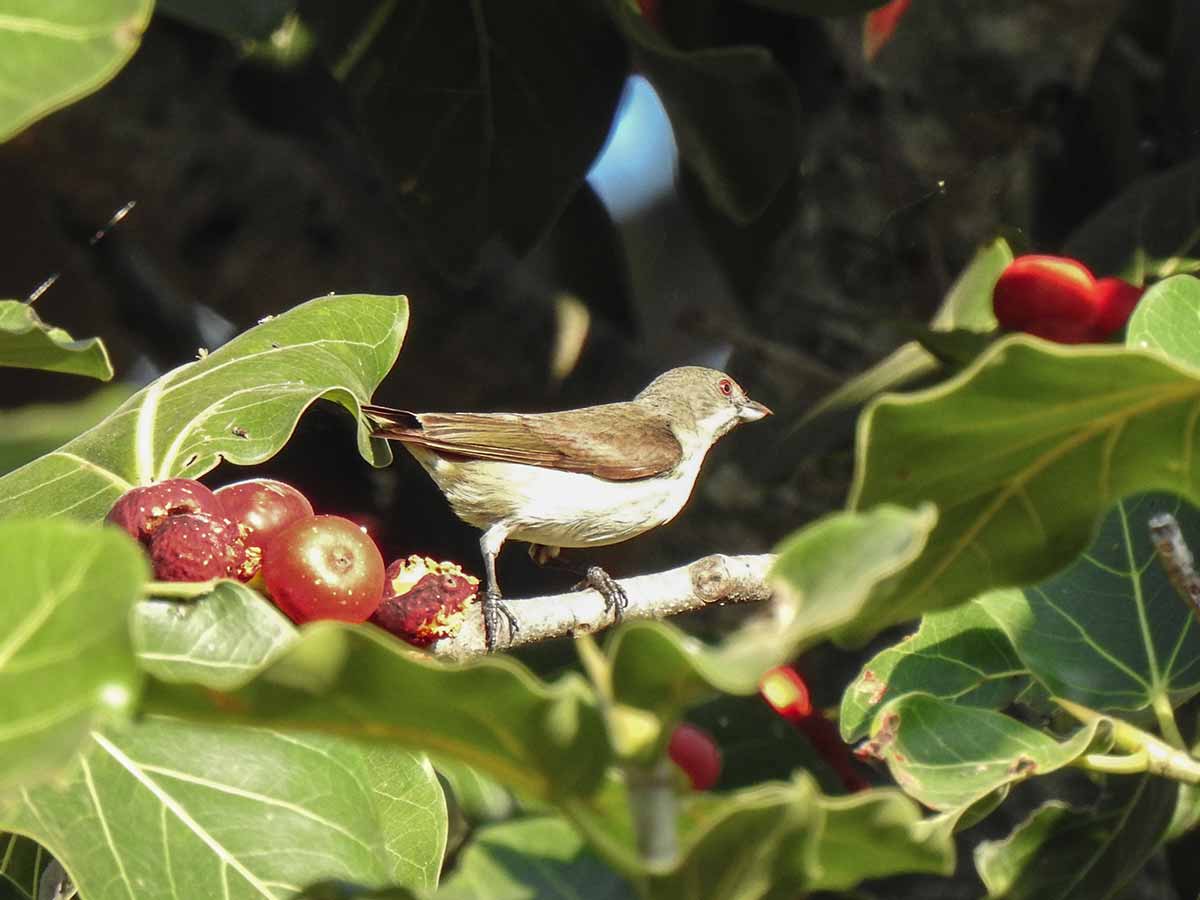
After watching the bird show for some more time we proceeded to the nature park.
Since the park opens only at 9.00 am , we didn’t have much expectation about the birding inside Nilgiri biosphere nature park but when we entered inside the park we were surprised to see the abundant bird activity. This must be because of the native trees planted inside the park. There were name boards for all the trees which was very useful for educational purposes.
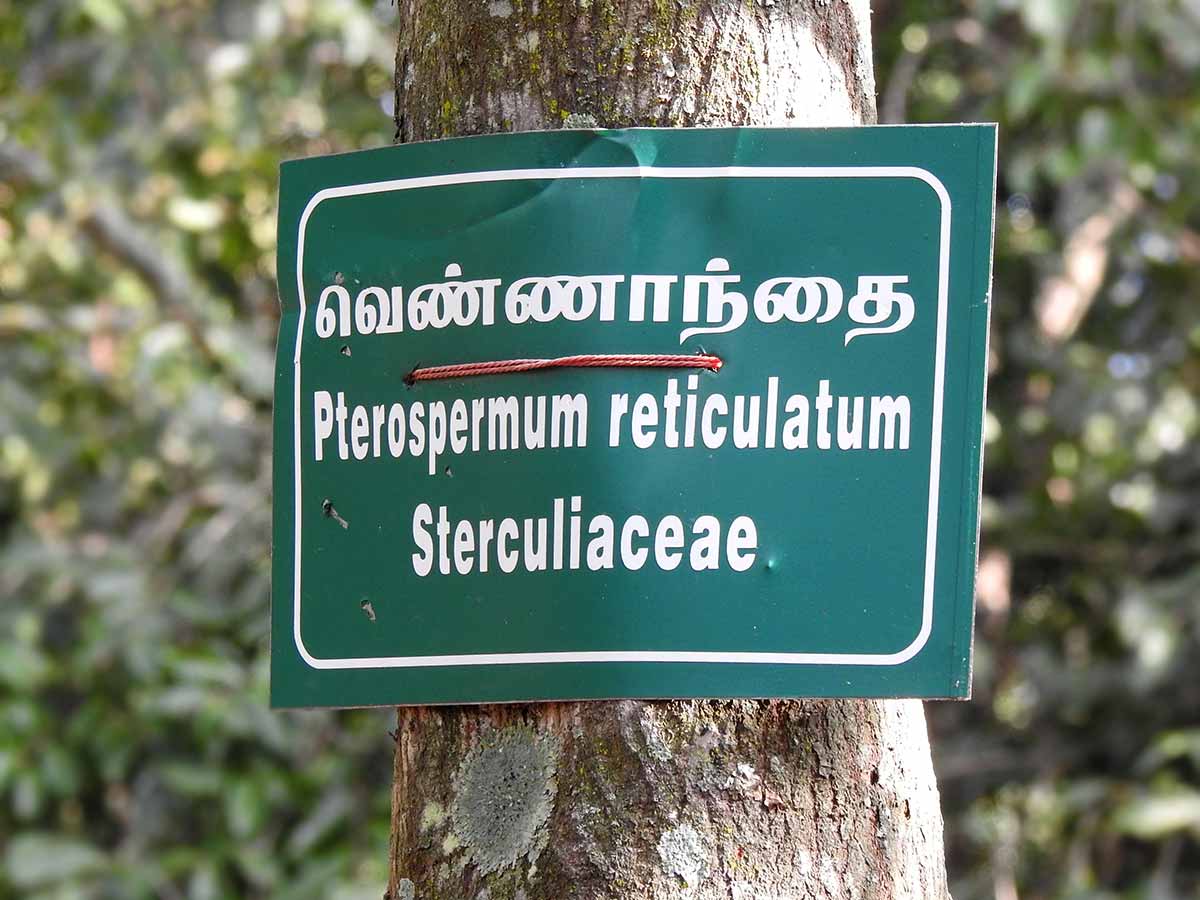
Usually if there are native trees , butterfly activities will also be good apart from bird activities. Blue-bearded bee-eater was sitting calmly on a tall tree, flowerpeckers were having a field day, Asian paradise flycatcher was showing off his long tail, Puff-throated babbler was pecking the ground non-stop and the barbets were calling continuously.
We slowly walked on the paved pathway watching all these activities around us. The ground cover was perfect for ground birds like Orange-headed ground thrush, Indian Pitta and Forest Wagtail. So we kept our eyes on the ground , on the tree and on the leaves for butterflies, so in short everywhere. Our effort didn’t go in vain, shortly we saw the well camouflaged Forest Wagtail.
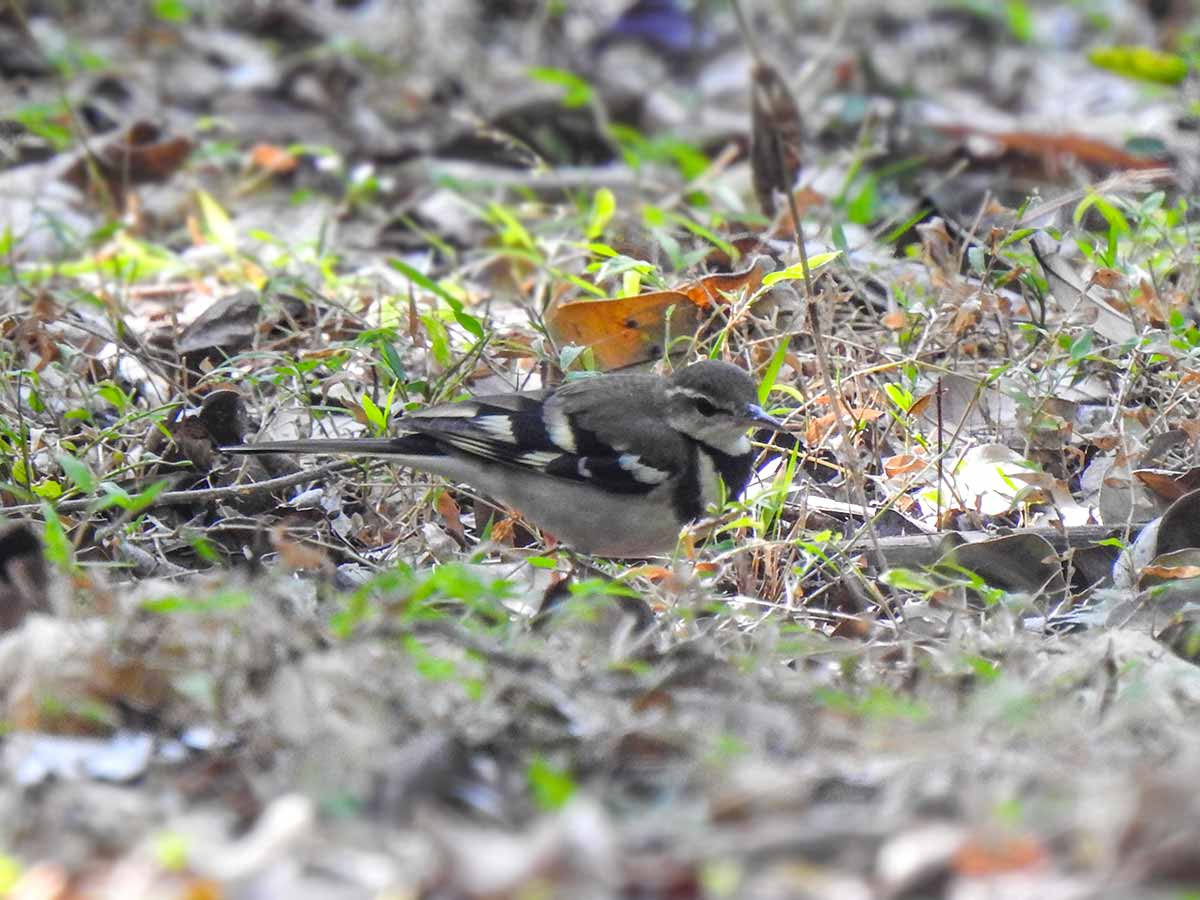
This Forest wagtail is quite common in wooded areas with good ground cover but the bird is always in constant movement which makes it impossible to get a good picture of this beautiful bird. Vinod gave up after his 100th attempt to get a perfect picture of the forest wagtail so he switched to video mode. The bird is usually seen under dense trees, so it is always spotted in low light conditions. The forest wagtail differs from other wagtails by swaying the tail from side to side instead of wagging it up and down. The head of the wagtail is also in continuous movement and it is tough to follow this little bird.
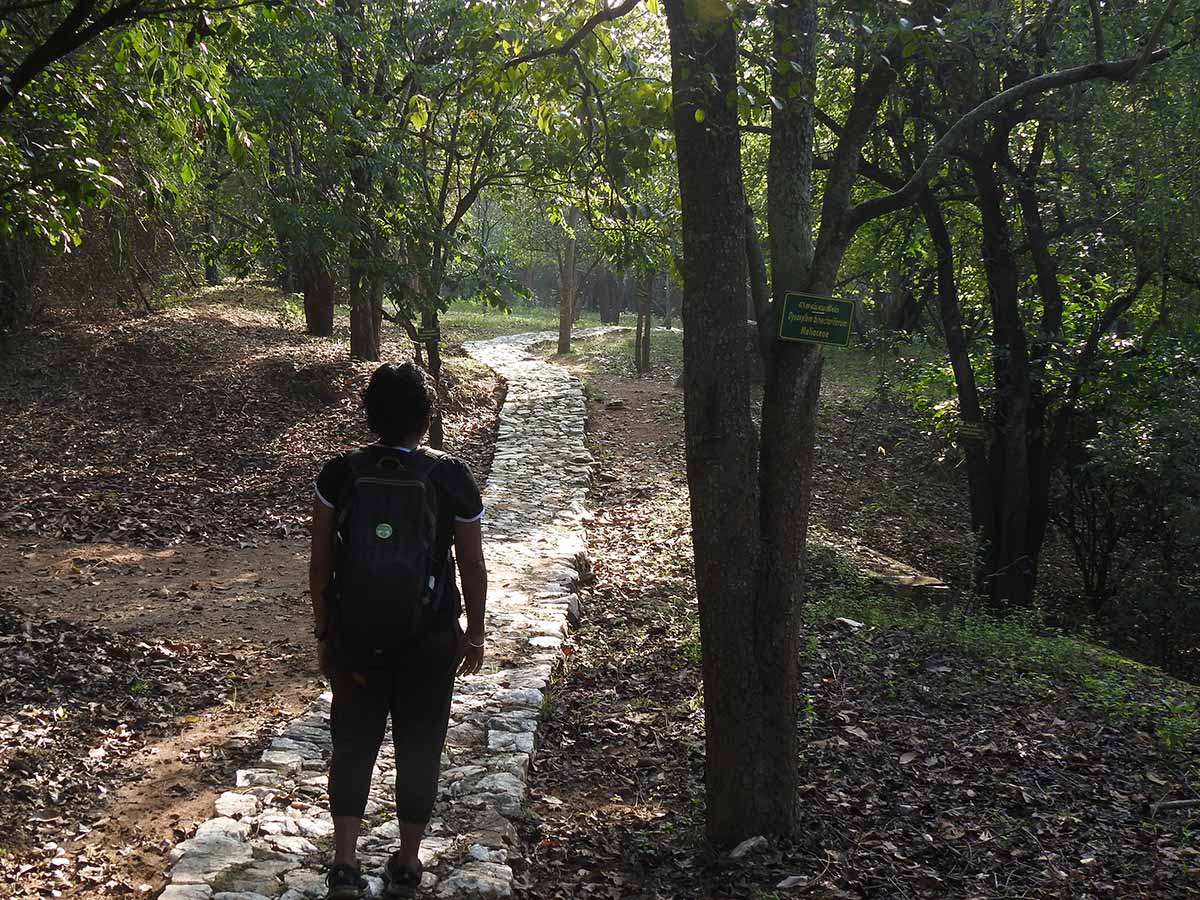
By this time the Sun was high, butterflies activities had started. So we did some butterflying and spotted Giant red eye on a Arecaceae species. We spotted few common butterflies like Blue tiger, Striped tiger and Tailed Jay in the butterfly garden. We went few more rounds inside the park to spot some flycatchers. We saw few pretty flycatchers like Tickell’s blue flycatcher, Verditer flycatcher, Asian brown flycatcher, Rusty tail flycatcher and Taiga flycatcher. Usually the flycatchers just sit on a perch, catch a fly and come back to the same perch. They don’t mind human intervention most of the time. So I like to watch flycatchers rather than the restless warblers.
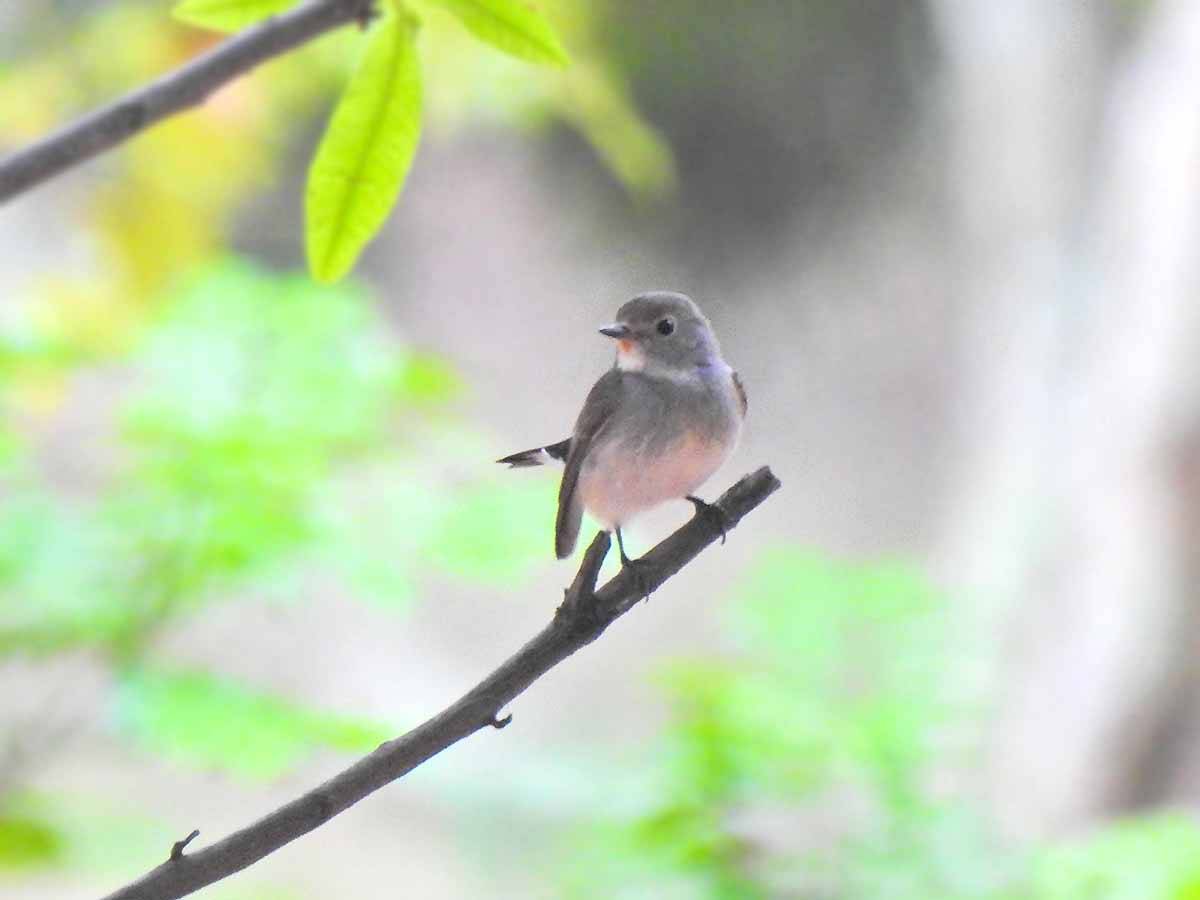
Earlier in our birding days, we don’t listen to bird calls very closely. In recent years especially after our Indian Birds Sounds Video project, we started to keenly listen on birds sounds. We were able to identify wide variety of bird calls but one of the common song birds who confused us often was the Common Iora. We were surprised with the wide variety of songs and calls of Common Iora. Researchers have told that Iora makes more than 35 unique sounds. Nilgiri biosphere was filled with birds sounds and we really enjoyed the morning calls of Black-hooded Oriole, Black-headed Cuckoo shrike Jerdon’s leaf bird, & Ashy drongo. Later in the morning when all the birds have calmed down, sunbirds and Iora are the ones who were still active. After some search, we spotted a pair of Common Iora , where the male was displaying and singing for the female.
The main reason for the good bird life in this Nilgiri biosphere park is the adjacent shrub jungle.
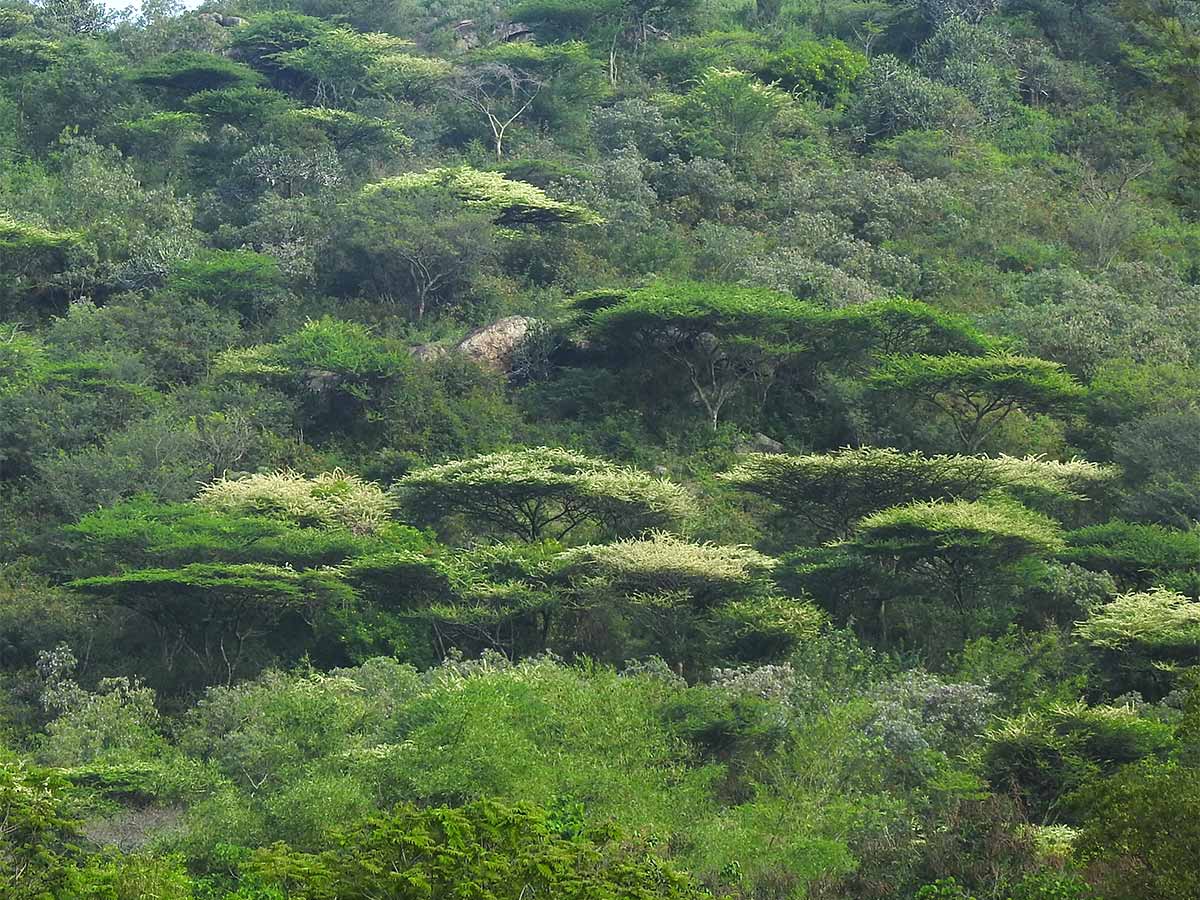
The thickets were mainly the spurges, umbrella thorns and Mexican oleanders. The jungle was a perfect roosting spot for raptors like Short-toed Snake Eagle, Booted Eagle and Bonelli’s eagle. We saw Red-rumped Swallows and Crested Treeswifts circling on the sky who were trying to catch the flies. We tried to sit and watch these little birds but the sight of the Blue-throated flycatcher pulled us back. So we kept on moving inside the park.
We walked around the park few times and we climbed at the treetop, read all the interesting facts written on rocks, stopped at Aviary, compared our height with Sarus crane & searched for turtle in the pond.
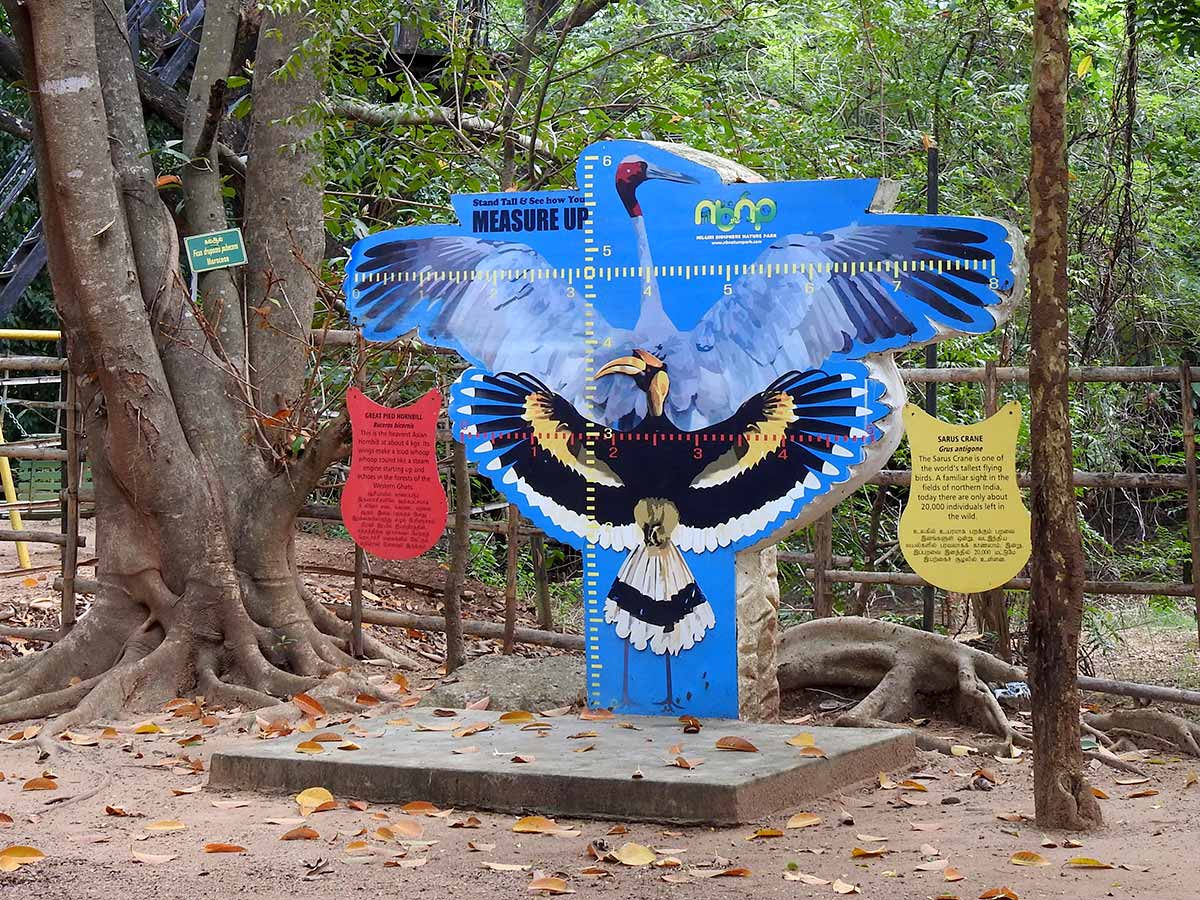
We had been to many parks in North America that involves community participation and also includes wildlife. We always grumbled about why there was no such park in India. So we were happy to see that this park accommodated wildlife and human entertainment. People who love to see a herd of Spotted deers can enjoy watching them and people who love to do some adventures can try their hands on the rope challenges in the park.
I didn’t expect that we would be spending a day in that small park but with the bird activities inside the park , time just flew away. For nature loving people in Coimbatore this Nilgiri biosphere nature park is a quick weekend getaway.